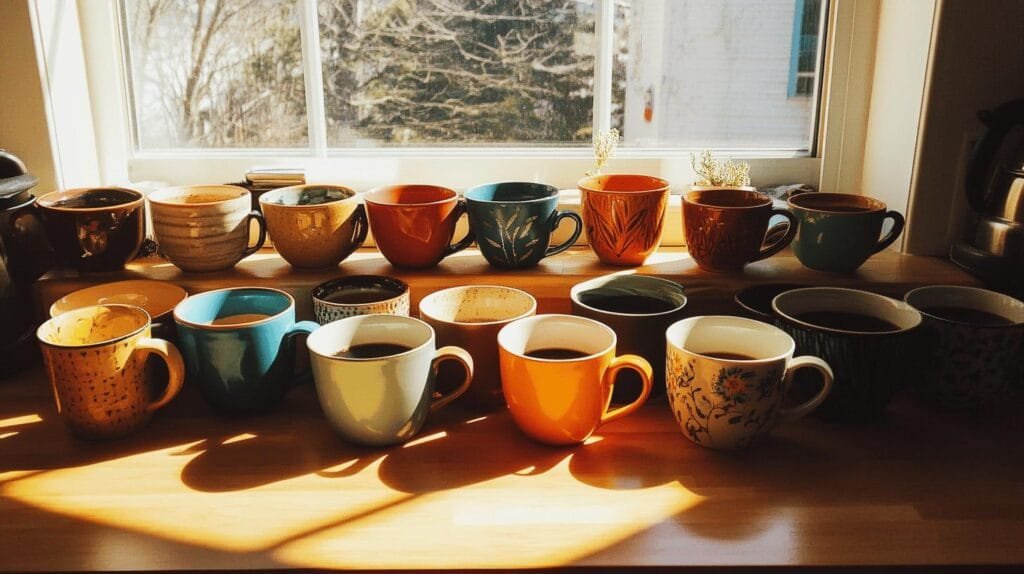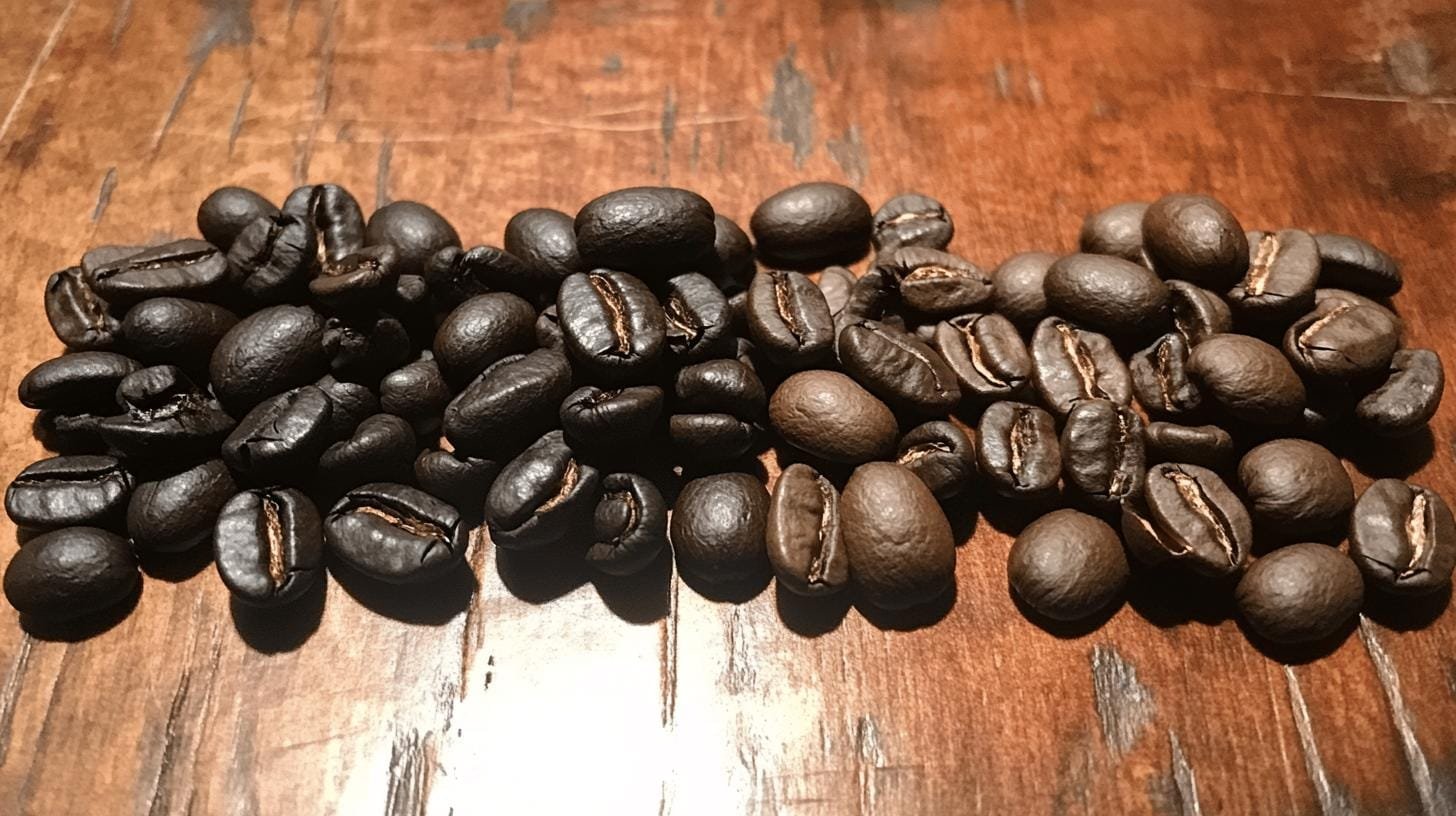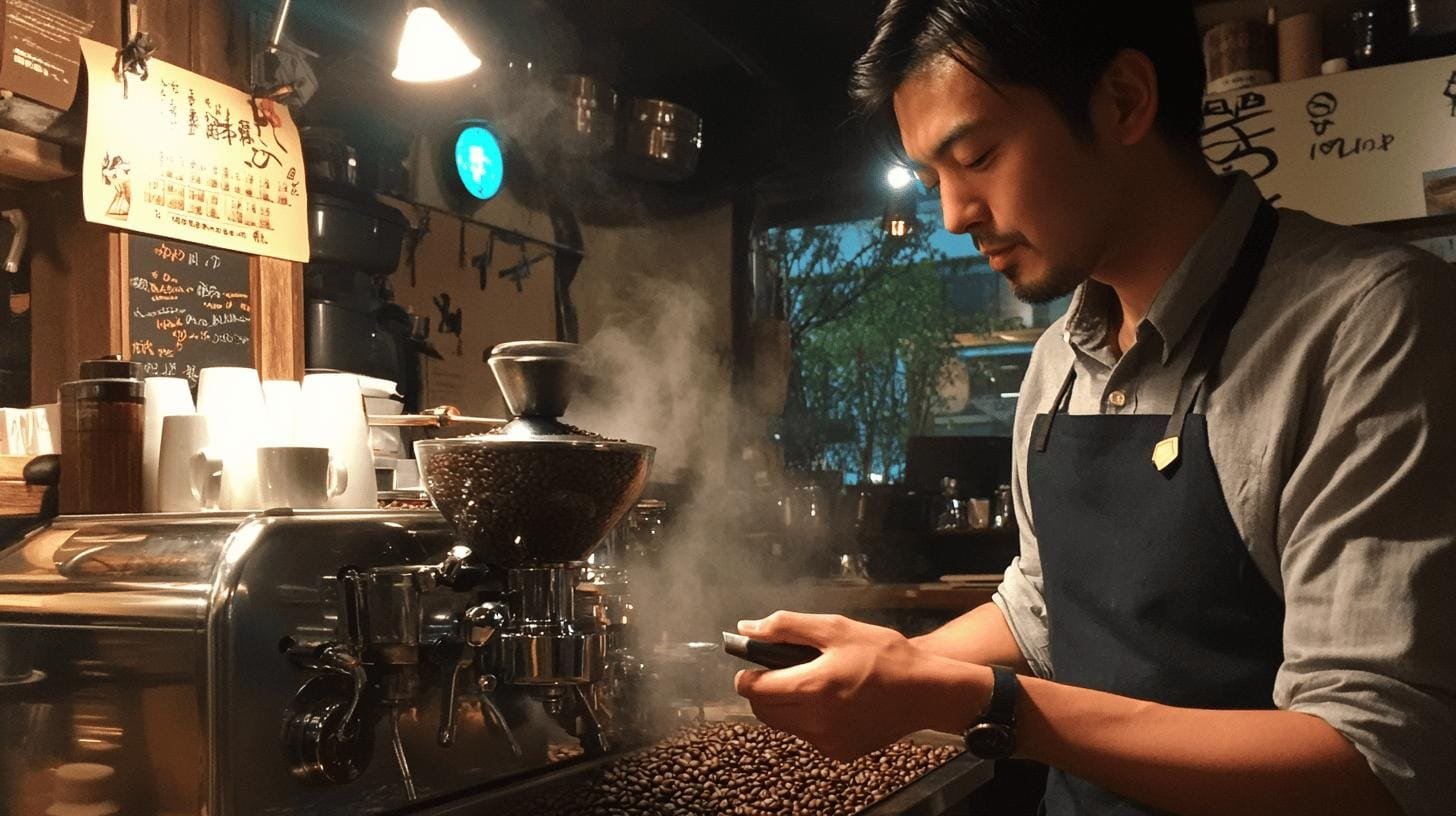
Artisanal Rituals for a Memorable Customer Experience
How can brands create a more balanced and memorable customer experience by blending artisanal product quality with thoughtful everyday rituals that keep people coming back?

Have you ever wondered why your favorite coffee blend has a richer, more harmonious flavor compared to single-origin brews? The difference between coffee blends and their unique flavor profiles arises from the artful mix of beans from various origins.
Roasters craft these blends to offer a consistently balanced and versatile taste, catering to diverse palates. This article will delve into the nuances of coffee blend variations and their distinct characteristics, illustrating how skilled blending transforms beans into a symphony of flavors.
Coffee blends mix beans from different places to create specific flavors. Why blend coffee? It aims to create balanced flavors that many people enjoy. By combining beans with various traits, roasters ensure each cup is consistent, thus appealing to different taste preferences.
Single-origin coffee comes from one location and showcases those unique flavors. Blends, on the other hand, mix beans from various regions to refine and balance flavor. This method helps roasters hide unwanted flavors from one origin and emphasize desired notes from another, offering a diverse product.
Blending impacts both flavor and quality significantly. By picking beans with matching characteristics, roasters can achieve a depth and complexity not present in single-origin coffees. Blending also provides stability in flavor, ensuring consistency despite seasonal bean changes. This allows for signature blends that are reliable and offer delightful flavors year-round.

Roast levels greatly affect coffee flavor and aroma. Roast levels shape the balance between acidity, body, and flavor, helping roasters craft specific profiles for varying tastes.
Light roasts are light brown with a light body, roasted at around 350º–410º. These beans emphasize the coffee’s origin flavors, often with floral, fruity, or citrus notes. People who like natural bean flavors prefer light roasts as they keep the bean’s natural acidity and bright taste.
Medium roasts are at 410º–440º, offering a balance between acidity and body. While keeping the origin characteristics, these roasts add body and sweetness. They might lose some floral and fruity notes of light roasts but gain a smooth, complex profile. This makes them versatile for blending, appealing to many coffee drinkers.
Dark roasts are dark brown to nearly black with bold, smoky flavors roasted over 440º. They often lose unique origin specifics, delivering a robust, full-bodied experience. Dark roasts suit those liking strong, deep flavors with less acidity. In blends, they offer depth and richness, popular in espresso drinks.
Whether you like light roast, medium balance, or dark roast boldness, knowing these differences helps find the right blend for your preference.
Single-origin coffee comes from a specific place, like one farm or region, reflecting its unique flavors. In contrast, blends mix beans from different origins to balance acidity, body, and sweetness. This method offers a stable flavor, reducing the variation often seen in single-origin coffees due to weather and seasonal shifts.
Blending allows roasters to craft specific flavors by balancing each origin’s unique qualities. For example, one may blend beans known for bright acidity with others known for full body. This results in a balanced, complex coffee. It delivers a consistent and versatile taste experience, catering to various preferences and ensuring availability throughout the year.

Roasting plays a vital role in a blend’s flavor profile. By adjusting heat and time, roasters can highlight or soften certain flavors and aromas. Roasting changes raw beans, affecting acidity, body, and aroma.
Techniques like drum roasting, air roasting, and fluid bed roasting each bring unique traits, affecting how the blend tastes. Drum roasting offers traditional flavors, while air roasting can improve brightness and clarity.
Each roasting stage impacts flavor differently. The drying phase removes moisture, setting up flavor development. The Maillard reaction, a chemical change at higher temperatures, adds sweetness and complexity. The first crack shows bean expansion, moving to roast development where flavors deepen. Development time after the first crack sets the roast level, from light to dark, heavily influencing blend taste.
Equipment and methods crucially affect blend consistency and quality. Advanced machines offer precise temperature control, keeping a uniform roast across batches. This precision is essential for consistent flavor profiles. Additionally, precise parameter control lets roasters explore flavor dimensions, enhancing aroma and taste.
Starbucks has led the coffee world with its diverse, well-crafted blends. By carefully choosing and mixing beans from different origins, Starbucks aims for consistent, appealing flavors. Their blends balance acidity, body, and sweetness, ensuring high-quality taste in each cup.
Starbucks is known for consistency, while other brands sometimes offer unique blends highlighting specific flavors or regional characteristics. Boutique roasters might focus on the bean’s terroir, leading to more adventurous blends with notable fruity or floral notes. These appeal to those seeking strong origin expressions, offering an alternative to Starbucks’ uniform profiles.
Home-roasting allows personalized flavors, letting enthusiasts try different roasting and bean origins. Freshness in home-roasting often results in vibrant, complex flavors, without losing subtle nuances that can disappear in mass-production. This hands-on approach allows people to enjoy a coffee that reflects their taste.
In conclusion, while Starbucks provides mainstream-friendly blends, home-roasting and boutique brands offer unique and personal coffee experiences. Choosing between them depends on valuing popular blend convenience and consistency, or pursuing distinct, superior flavors possible with home-roasting or specialized offerings.
Exploring the difference between coffee blends uncovers a realm of diverse flavors
crafted through the unique combination of beans from various origins. Each blend
offers a balanced and versatile experience, distinct from single-origin coffees.
Understanding roast levels—light, medium, and dark—emphasizes how these impact the
flavor profiles and preferences for different coffee enthusiasts. The origins of the beans also play a crucial role in shaping the taste and balance of coffee blends, ensuring a stable enjoyment.
Roasting techniques further refine these blends, defining aroma and overall consistency. Evaluating the differences between coffee blends, including popular options from Starbucks and other roasters, enriches the comprehensive coffee experience. This understanding enables a nuanced appreciation of the art of coffee blending.
A coffee blend combines beans from various origins to achieve specific taste profiles, offering balanced and versatile flavors that cater to a wide range of preferences.
Strength in coffee blends typically depends on the roast level. Dark roast blends offer a bolder flavor, while the caffeine content remains similar to lighter roasts.
Examples include Starbucks Pike Place and House Blend, which offer diverse flavor profiles like smooth, well-rounded, or balanced and nutty. Other popular blends are breakfast and French roast for varied tastes.
Coffee blends mix beans from multiple origins for balanced flavor, while single-origin coffees highlight unique flavors from one location, offering distinctive characteristics that can vary each harvest.
Choosing the best coffee blend involves evaluating flavor preferences, desired roast level, and consistent quality. Consider blends known for balanced profiles and reputable roasters for superior options.

How can brands create a more balanced and memorable customer experience by blending artisanal product quality with thoughtful everyday rituals that keep people coming back?

Independent coffee shops have always been about more than caffeine—they’re hubs of creativity, connection, and care. As café culture continues to evolve, new trends are

Introduction Independent cafes win when they feel like the neighborhood’s living room and operate with the discipline of a great kitchen. Below is a quick

Discover how top specialty coffee brands create lasting loyalty through storytelling, sourcing, and community connection. Real tips from 6 industry experts.

Discover the ultimate showdown between two beloved coffee brewing methods: the French press and Chemex. Explore how each technique caters to distinct palates, with the French press delivering bold flavors and the Chemex presenting a bright, clean taste.

Unlock the secrets to brewing the perfect cup of coffee with our comprehensive guide on using a coffee scale. Discover how precise measurements enhance flavor and consistency while eliminating bitterness.

Discover how water temperature plays a vital role in brewing the perfect cup of coffee. This article delves into the ideal temperature range of 195°F to 205°F for optimal flavor extraction, enhancing the enjoyment of high-quality beans.

Discover the world of curated specialty coffee bundles, perfect for enthusiasts seeking quality and craftsmanship. This article explores the benefits of ethically sourced, small-batch beans from brands like Equipoise Coffee, offering diverse flavor profiles that elevate your brewing experience.

Discover the art of manual brewing to elevate your coffee experience! This article explores various techniques like pour-over, French press, and AeroPress, revealing how they enhance flavor and your connection to every cup.